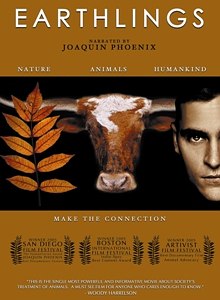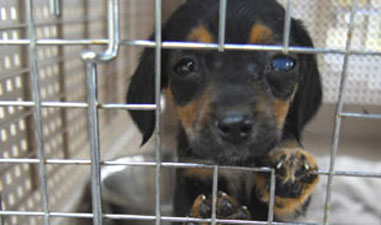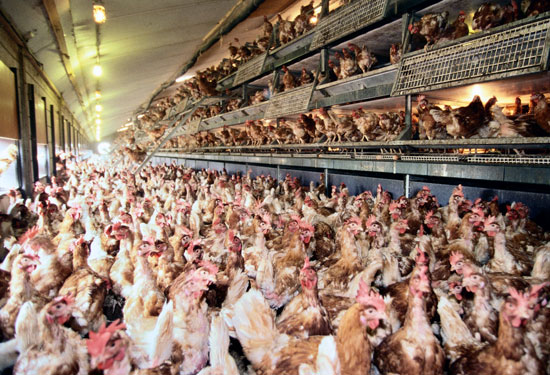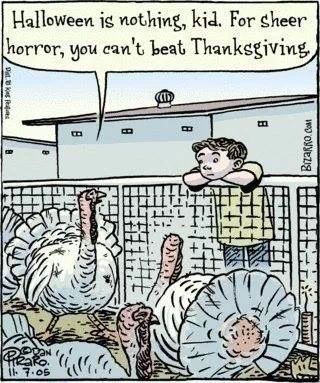“’Speciesism’ the view that the members of one species or their interests are more valuable than the interests of other species- or more extremely, that the interests of only one species has any intrinsic value” (VanDeVeer, p 654).
As the world’s populations have grown, the demand for meat and other animal products has also grown, at alarming rates and with terrifying consequences. The moral standing of animals has never been a more contested or more important than right now with animals being in high demand industry for not only food, but also for fashion, makeup, medical advancements, sports, and companionship. The film Earthlings, is a 2005 American documentary which explores how humans use animals (key word: use). Specific industries covered were pets, food, clothing, entertainment, and scientific research. The titular concept, “earthling”, reminds the viewers of at least one thing they have in common with animals: that they are all inhabitants of the earth. The film frequently reminds viewers of this term, as well as the parallels between the aggression/oppression of humans against humans through racism/sexism and humans against other living creatures through speciesism.

(Image- “Earthlings”. Google Images, Public Domain).
As the film explores the various industries in which animals are exploited, it accuses us, as humans and rational agents, of being speciesist by pointing out inconsistencies in our treatment and value of different species. These brutal industrial practices ethically fall under the planetary management worldview, which elevates humans higher than all of the rest of nature and justifies humans to use nature however we need to meet our increasing needs/wants and growing economy. Market economical thought is at the root of these animal processing industries which give them no moral standing and see them as mere tools to help further human ingenuity. In the endeavor to fulfill our basic needs of companionship, nourishment, and clothing, humans have gone overboard in the exploitation of animals. The brutal torture of animals that occurs every day in factories, mills, zoos, labs etc. shows how the well-being of animals are not seen as an ethical responsibility.

(image. Rabbit in lab. Google Images, public domain).
Descartes, a supporter of the modern planetary management worldview, justifies anthropocentrism as ethical because of humanity’s unique capacity to reason which elevates them above the nonhuman. Descartes does acknowledge some other animals to be sentient (meaning that they experience sensations like pleasure and pain), but he does not hold this to be grounds for giving any nonhumans moral standing (Descartes, p4). There are some regulations in the United States that attempt to regulate Industrial Agriculture so that there is “humane treatment” of animals, but the regulations only apply in very specific areas of the industry and can sometimes vary regionally. The sentience of animals is at least partly acknowledged by the United States government, but not enough for comprehensive legislation in industrial agriculture that ensures humane treatment. Inhumane practices still prevail, and according to the film, a large number of consumers polled said they know about how animals are treated in these industries; some said they preferred not to think about it so they can go on eating, and some said they just didn’t care at all.

(image. Puppy- Humane society. Google images, public domain).
The movie first takes us through the world of animal shelters, and animal control centers where, in the United States, tens of thousands of animals (cats and dogs specifically) are euthanized or killed because of lack of space or resources. We’ve all seen those “sad pupper commercials” as my dad calls them, where puppies and cats sit malnourished in a cage and stare directly at the camera while a human voice begs for money. These commercials can be effective because humans grown to anthropomorphize cats and dogs, and may even claim that the pets they own are “part of the family”, so seeing one in direct distress might trigger an empathetic response. However, as the movie points out, the upsurge in humanity’s demand for pets has worsened the inhuman treatment of animals and led to puppy mills, which breed pets for sale in commercial facilities. Because some people hesitate to neuter/spay their animals and others “adopt” pets into the family but are not equipped to take care of them, those pets end up being killed. I was particularly troubled by the footage of these cats and dogs being killed. Despite what I and many others thought, euthanasia is apparently not the dominant method of killing the animals, as it is very expensive. For some reason, I had pictured in my mind animals being “put down”, like some are by owners, with a painless shot, and surrounded by a puddle of their favorite toys. In reality, the ways these animals in shelters are killed is brutal and slow, and quite difficult to watch.
I continued to struggle to keep my eyes on the screen as the movie progressed, very often tempted to turn away and close my eyes. But I reminded myself that this is something that I needed to see, as I was previously in the school of people who kind of know what is going on but would rather not see/think about it. According to the Humane Society, on average, every hour in the United states almost 1 million animals are killed for food, including turkeys, chickens, cows, pigs, and others. That is not even counting the upsurge of meat purchases during the holiday seasons.

(Image. Hens in holding factory. Google Images, Public Domain).
The slaughter of birds in industrial agriculture make up 9.5 billion of the 11 billion animals slaughtered annually. Chickens and turkeys are confined, packed in warehouses by the thousands, made to lay eggs, then beheaded, bled, or clubbed to death. Before their slaughter by bleeding or bolt guns, cows are subject to anything within the range of branding, dehorning, and forced milking. Pigs are not better off, and are repeatedly inseminated and gestate painfully in small crates until they are no longer able to, at which point they are sent to be slaughtered. In captivity, pigs endure ear clipping without anesthesia, cannibalism, teeth cutting, and eventually they are killed by anal electric probes or having their throats slit.
The people who run this industry and implement the slaughters, presumably supporters of the planetary management worldview, are not troubled by these practices and are instead happy to cut costs. Animal welfare activists like the SPCA and Humane Society who hold a stewardship worldview would argue against the torture and unnecessary demeaning of the sentient animals and would seek to reform policies so that the inhumane treatment would be ended. Organizations like PETA and theorists like Singer and Regan who hold an earth wisdom worldview would claim that humans have a direct duty to animals. They go beyond reform and insist that all industrial agriculture practices as well as the other instances of inhumane treatment (for entertainment, fashion, science, etc.) be abolished, and other systems be put in their place.
I know that I contribute to these industries as a consumer, and I am still struggling with what I should do with and about all the information I absorbed from the film. I do not feel comfortable supporting these industries, but I also do not feel comfortable doing nothing. I think this is a film everyone should watch, because if there is going to be a change in how the industry is run and how it treats animals, people who just don’t want to acknowledge this is happening, like I did, will be forced to have a conversation.
Word Count: 1408
2 Line Discussion Question: It was mentioned in the movie but not a highlight that if these industries continue, there are much larger sustainability and environmental conservation issues at stake (Plant agriculture, clean water sources, disease etc.). These arguments against the industrial agriculture industry are more anthropocentric (because they directly threaten humans) and take the focus away from whether animals should be given moral standing. Should those points be left out of earth wisdom arguments?
Citations:
Descartes, Rene. “Animals are Machines”. Environmental Ethics: Divergence and Convergence. Ed. Armstrong, S.J., Botzleer, R.G.New York: McGraw-Hill. 1993. P281-285.
Grandin, Temple. “Animals are not things: A view on animal welfare based on Neurological complexity”. Trans-scripts 3: An Interdisciplinary Online Journal in Humanities and Social Sciences at UC Irvine. UC Irvine. 2013.
VanDeVeer, Donald, Pierce, Christine.The Environmental Ethics and Policy Book, 3rdedition. Thompson & Wadsworth. 2003.
Earthlings. 95 mins. Nation Earth, Los Angeles. 2005. Film.


Leave a comment